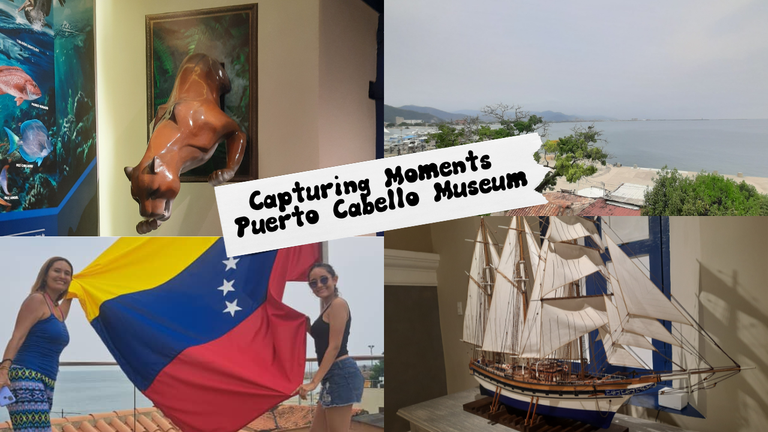


Un gran saludo mis queridos Hivers!!!
Hace poco les conté que fuimos a Puerto Cabello, ciudad que es el principal puerto internacional de nuestra amada Venezuela, y al estar en la parte colonial que pueden ver si aún no has visto mi post, les decía que habian muchas cosas nuevas que habían hecho entre ellas un museo donde se enseña la cultura de la ciudad y sus primeros inicios, de donde vienen y hacia donde van.

A big hello my dear Hivers!!!!
Recently I told you that we went to Puerto Cabello, a city that is the main international port of our beloved Venezuela, and being in the colonial part that you can see if you haven't seen my post yet, I told you that there were many new things that they had done among them a museum where the culture of the city and its first beginnings are taught. where they come from and where they are going.
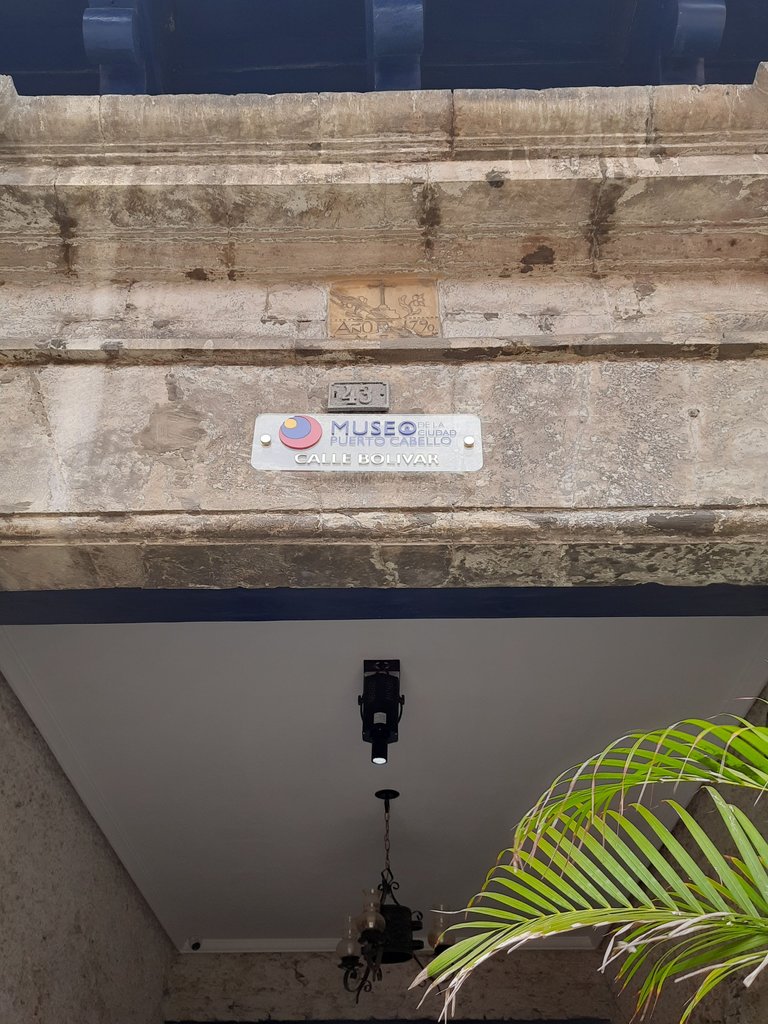
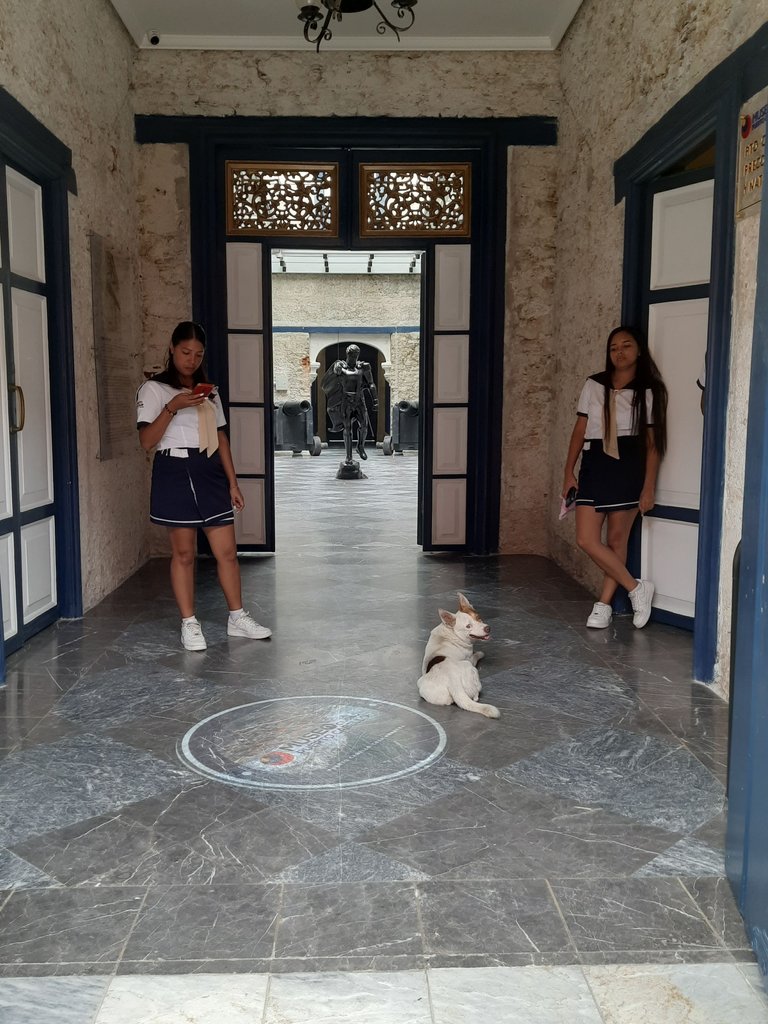
El museo es una casa colonial en toda la calle Bolívar muy cerca de la iglesia, en la entrada hay unas chicas esperando que lleguen los visitantes que poco a poco van llegando me gustó mucho en traje que ellas tenían, como unas scout, en cada puerta que custodiaban había una historia que contar.
La entrada al museo es totalmente gratuita no hay que pagar nada, solo tener la curiosidad de entrar y aprender un poco de historia, eso es lo que me gusta de los museos que nos trasladan a otras épocas y podemos aprender.
The museum is a colonial house on Bolívar Street very close to the church, at the entrance there are some girls waiting for the visitors to arrive who are gradually arriving, I liked it very much in the costume they had, like scouts, at each door they guarded there was a story to tell.
Admission to the museum is totally free, you don't have to pay anything, just have the curiosity to enter and learn a little history, that's what I like about museums that take us back to other times and we can learn.
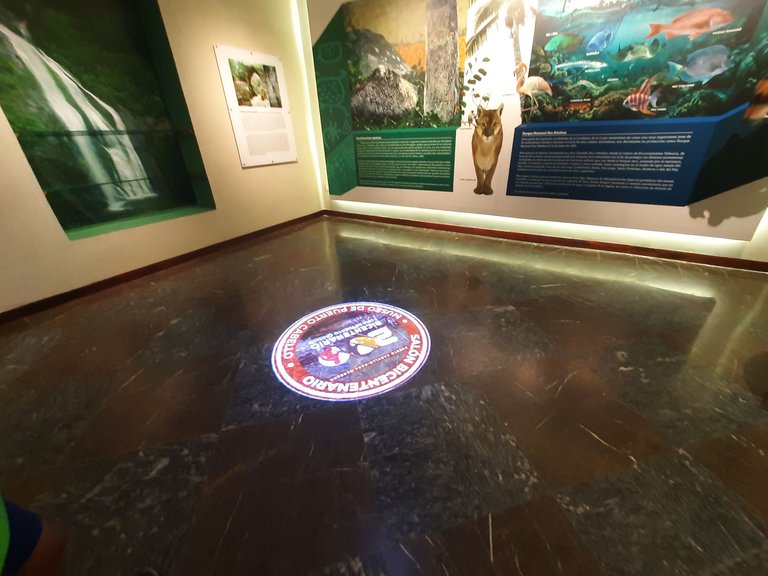
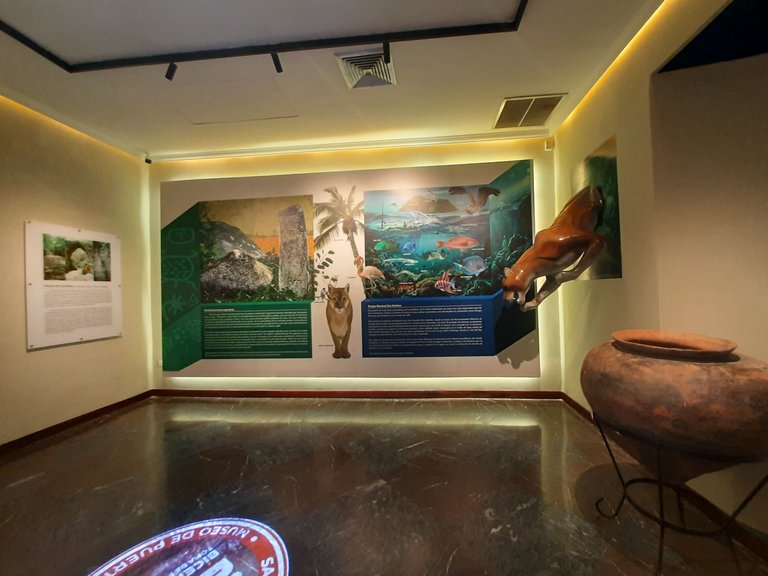
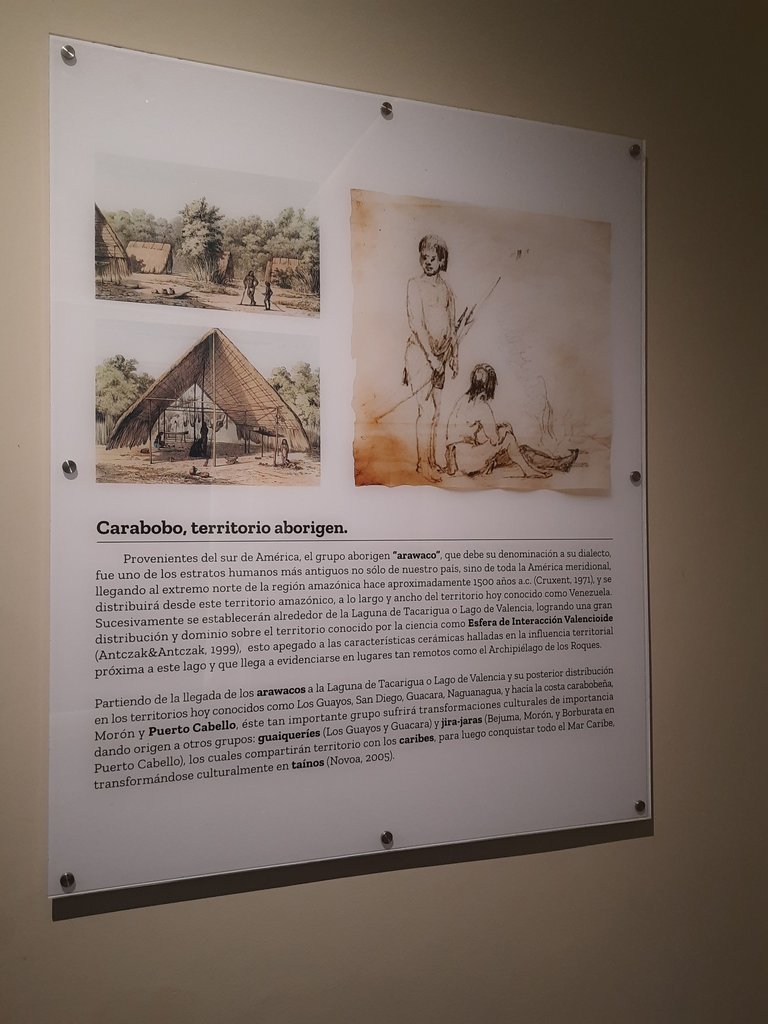
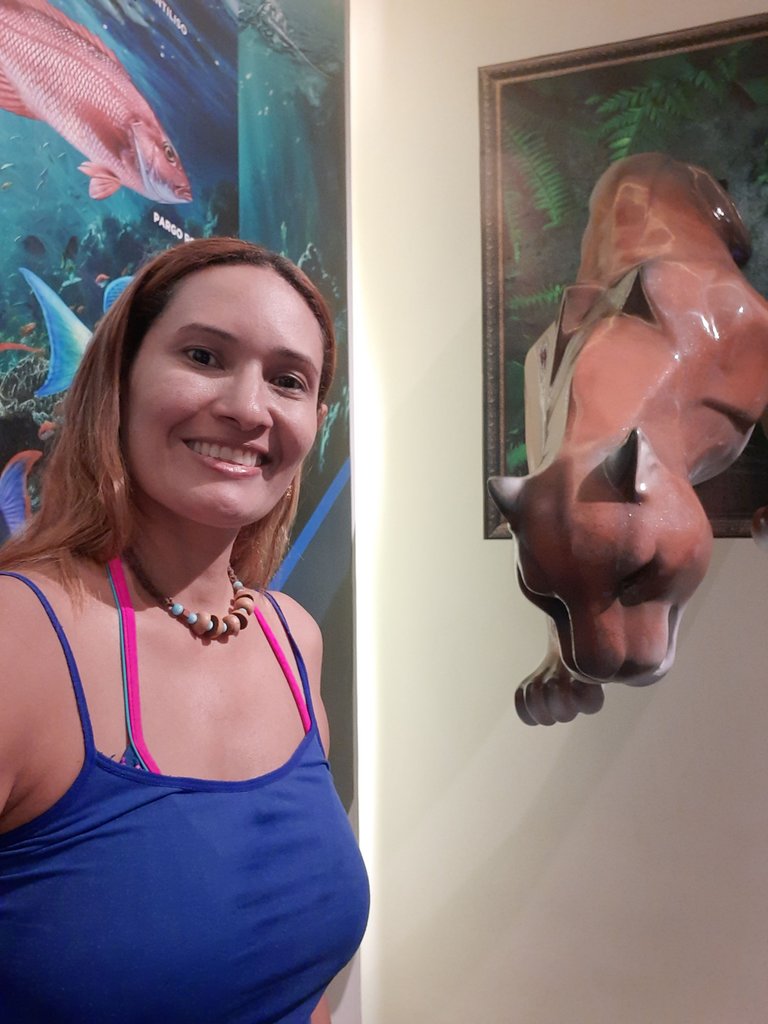

El primer cubículo que se nos mostró los comienzos de lo que luego sería Puerto Cabello, sus principales habitantes fueron los indios Arawacos, los cuales vivían allí y en diversas zonas cerca de la región, como, el lago de Tacarigua, morón entre otros.
En Puerto Cabello y el estado Carabobo hay diversidad de animales, flora y fauna, uno de los animales que existía en la zona eran los pumas, dicen que se están extinguiendo pero que pueden encontrarse en la parte más selvática de la zona.
The first cubicle that showed us the beginnings of what would later be Puerto Cabello, its main inhabitants were the Arawak Indians, who lived there and in various areas near the region, such as Lake Tacarigua, Morón among others.
In Puerto Cabello and the state of Carabobo there is a diversity of animals, flora and fauna, one of the animals that existed in the area were pumas, they say that they are becoming extinct but that they can be found in the most jungle part of the area.
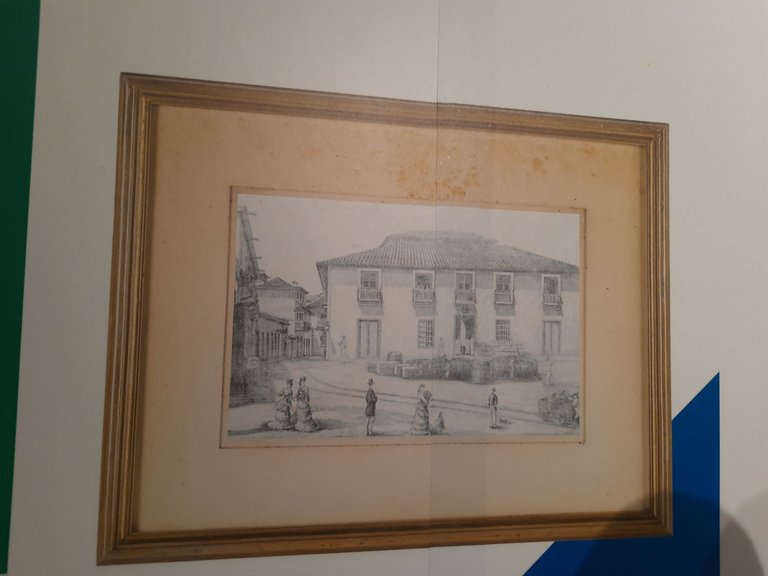

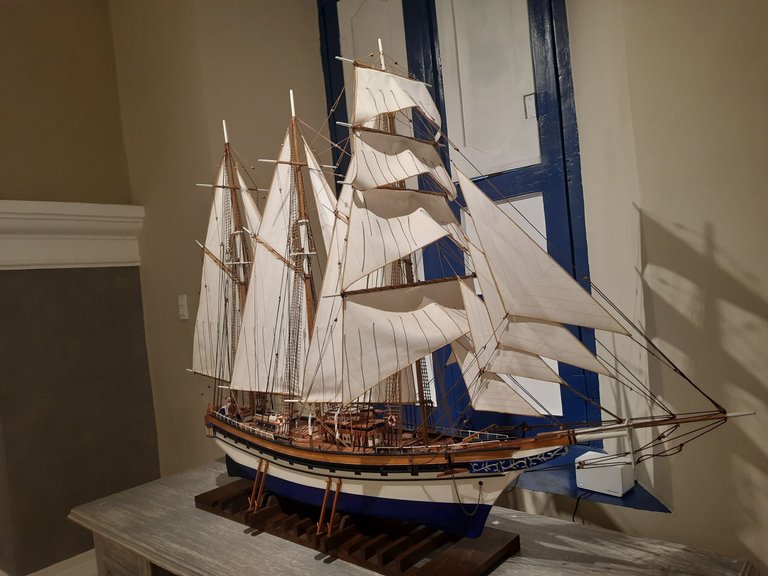
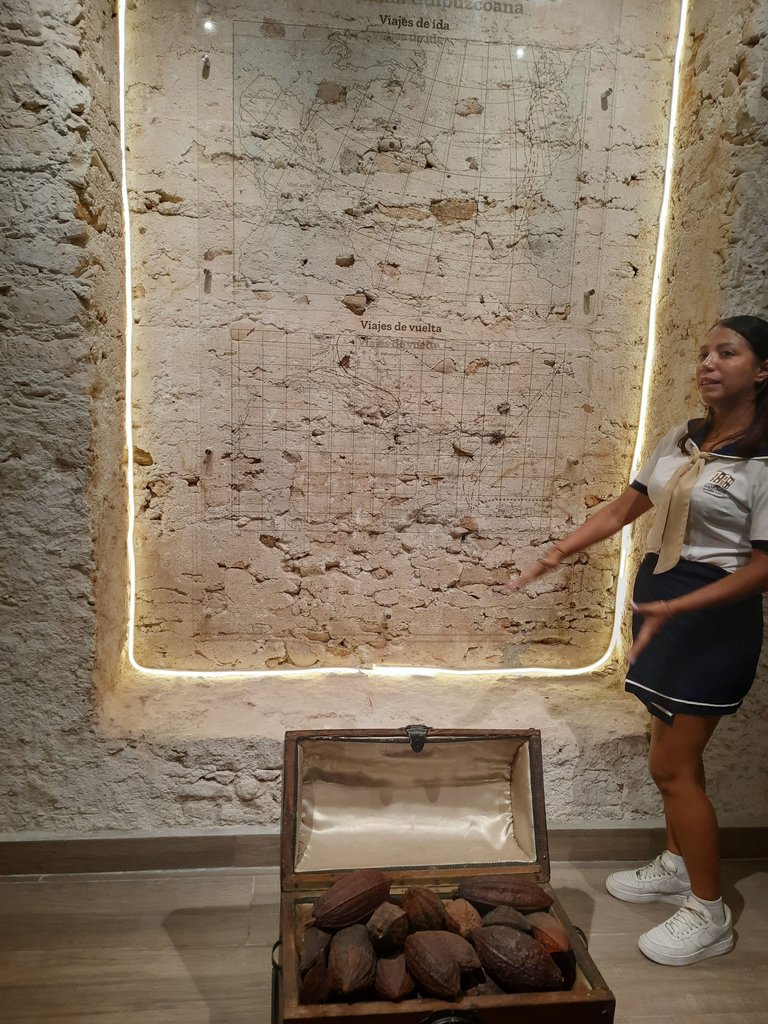


En el segundo módulo nos mostraron un mapa y una foto de lo que era la compañía Guipuzcoana de la cual ya les hablé en el post anterior y nos mostraron las rutas que ella hacía para poder trasladar la mercancía en esta parte también nos mostraron los instrumentos de guerra que tenían en aquella época los conquistadores y una replica de los barcos que se encargaban de hacer los transportes.
Lo que parecen tinajas eran urnas, las cuales se usaban en aquella época para enterrar familias enteras, ya que alli mismo quemaban el cuerpo y lo que quedaban eran cenizas.
In the second module they showed us a map and a photo of what was the Guipuzcoana company that I already told you about in the previous post and they showed us the routes that they made to be able to move the merchandise in this part, they also showed us the instruments of war that the conquistadors had at that time and a replica of the ships that were in charge of making the transports.
What look like jars were urns, which were used at that time to bury entire families, since the body was burned there and what was left were ashes.
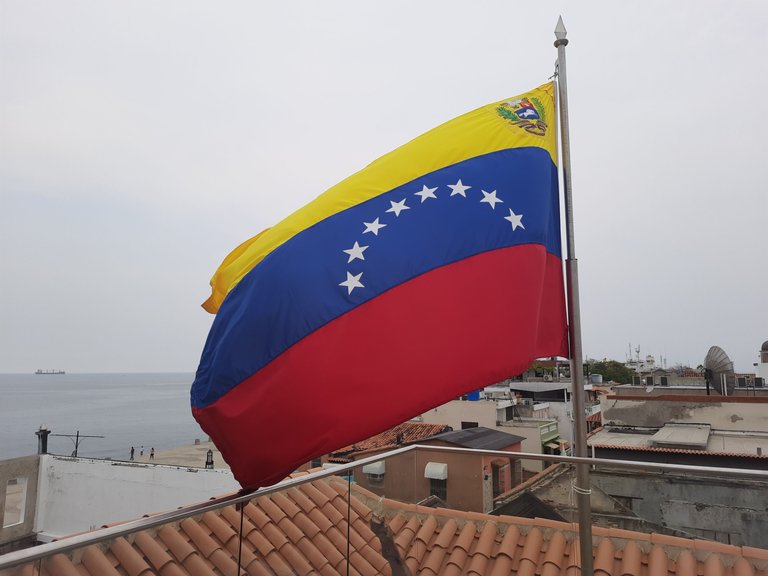
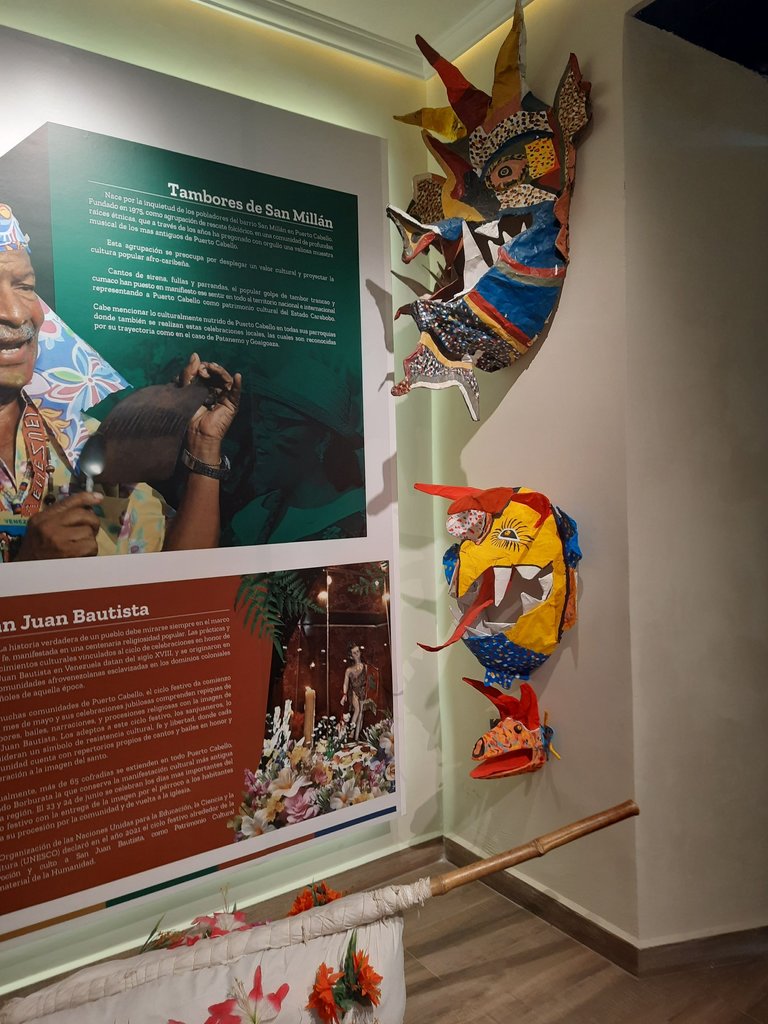
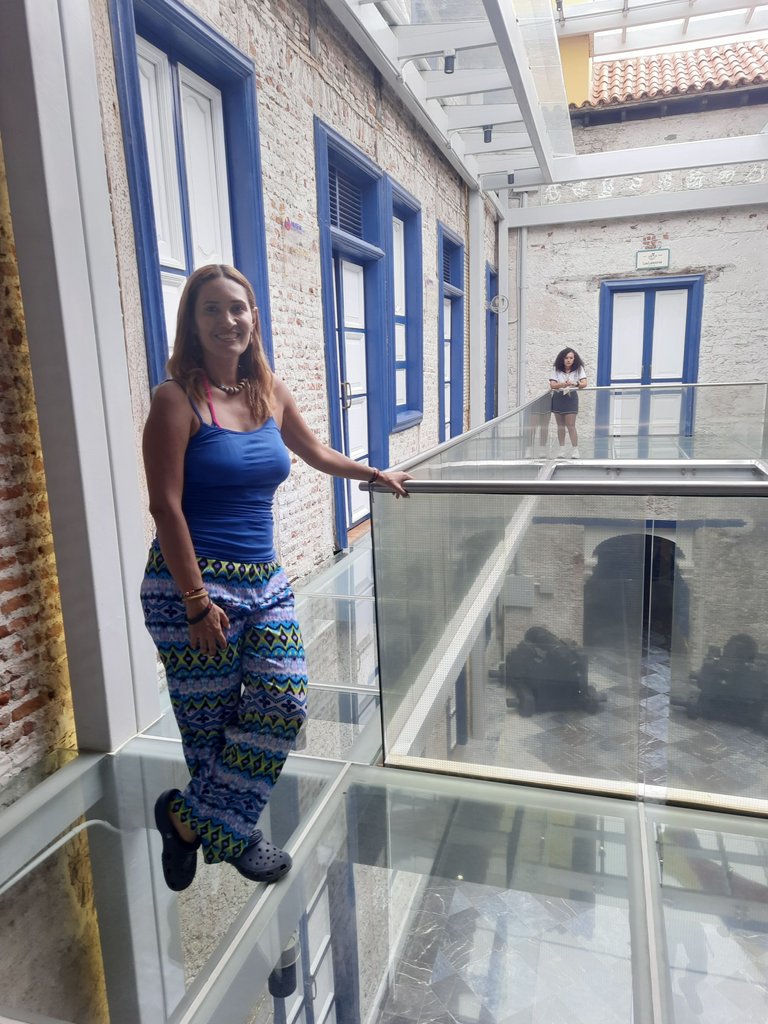
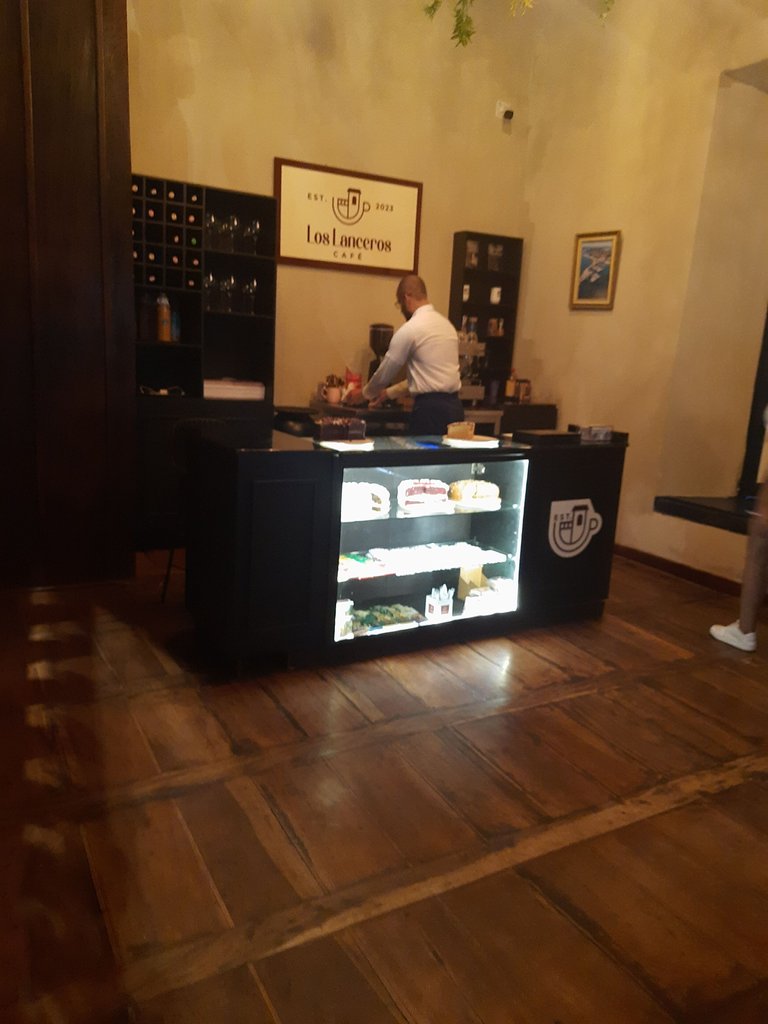
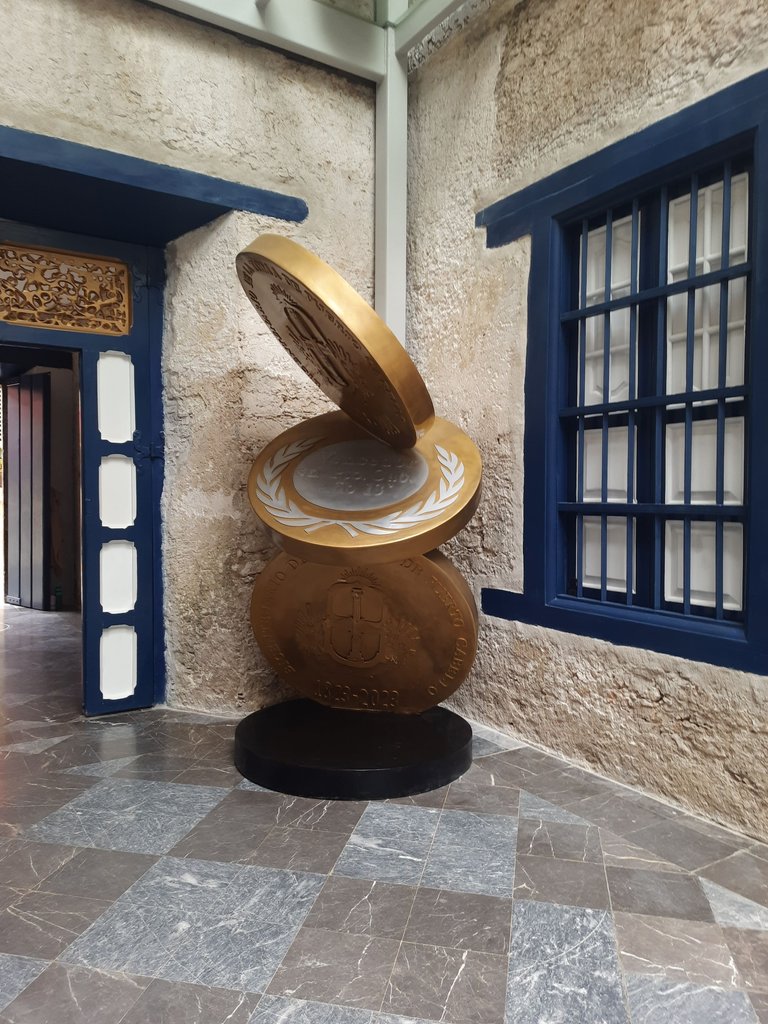
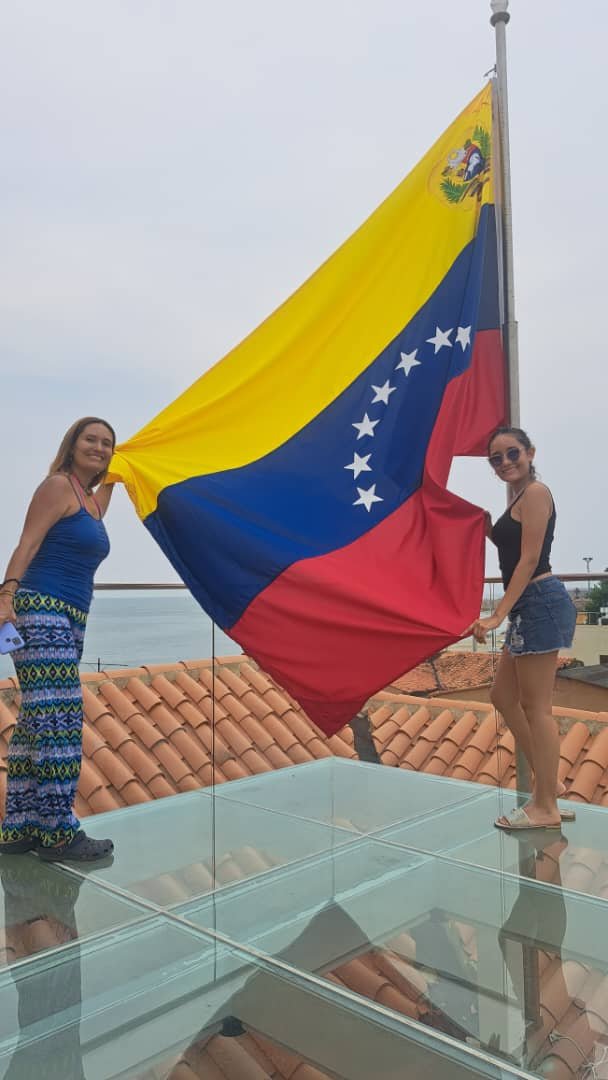
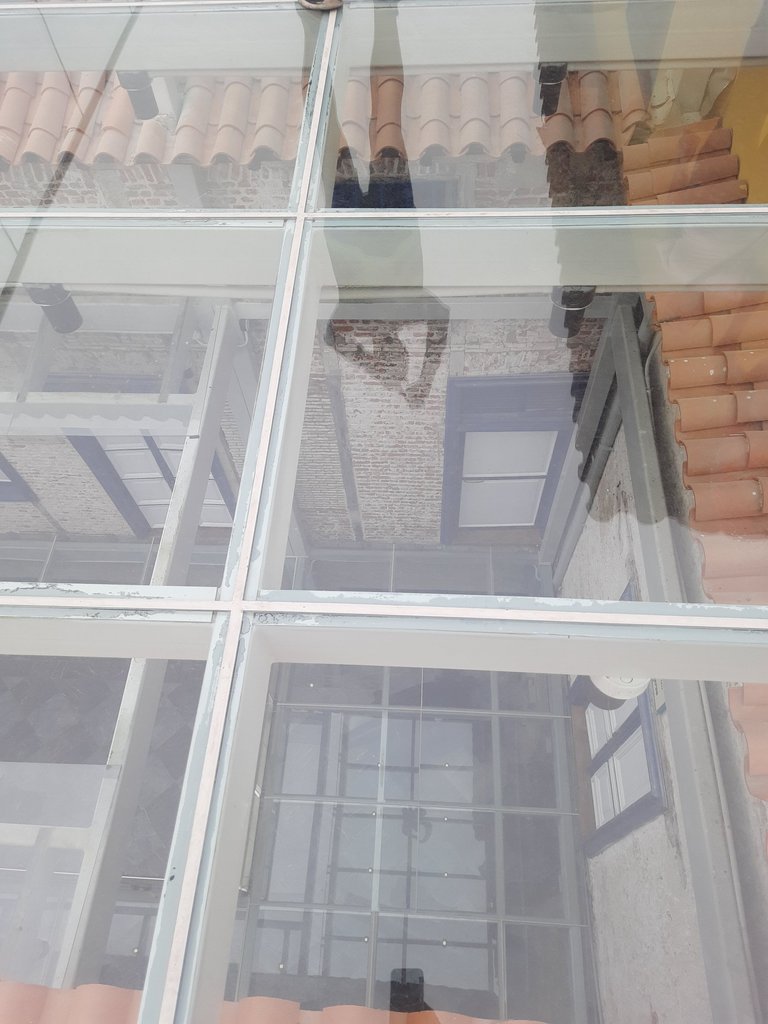
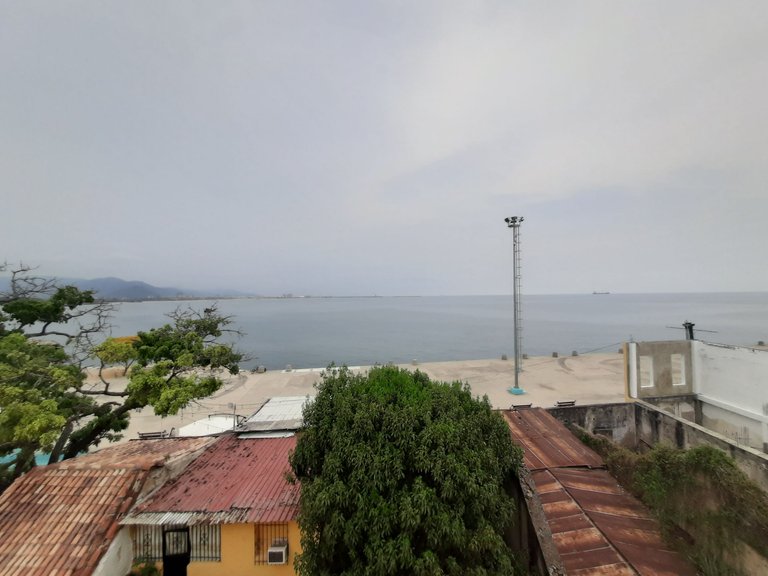
En el museo hay tres pisos, aún falta en el segundo piso, colocar algunos espacios o llenarlos en sí, una cosa que me gustó es que el segundo y tercer piso son de vidrio templado, se nota que le han puesto mucho dinero a este espacio, y en el tercer piso hay un hermoso mirador donde se puede ver hacia la bahía del puerto y claro está la bandera de Venezuela izada, un espacio muy hermoso que llena de orgullo a cualquier venezolano 🤩🇻🇪🇻🇪🇻🇪
Espero que les guste un poco de estas fotografías e historia, gracias por leer y revisar mi post, saludos y bendiciones 😘
In the museum there are three floors, there is still a lack on the second floor, to place some spaces or fill them themselves, one thing I liked is that the second and third floors are tempered glass, you can tell that they have put a lot of money into this space, and on the third floor there is a beautiful viewpoint where you can see towards the bay of the port and of course there is the flag of Venezuela raised, A very beautiful space that fills any Venezuelan 🤩🇻🇪🇻🇪🇻🇪 with pride
I hope you like some of these pictures and history, thanks for reading and reviewing my post, greetings and blessings 😘
Fotos principal editada con Canva.
Fotos de mi Autoría derechos reservados
Separadores Link
Cámara: Samsung M31
Banner por @danielvehe
Traducido con www.DeepL.com/Translator (versión gratuita)
Photos edited with Canva
Photos by me Author's rights reserved
Banner by @danelvehe
Separators Link
Camera: Samsung M31
Translated with www.DeepL.com/Translator (free version)




